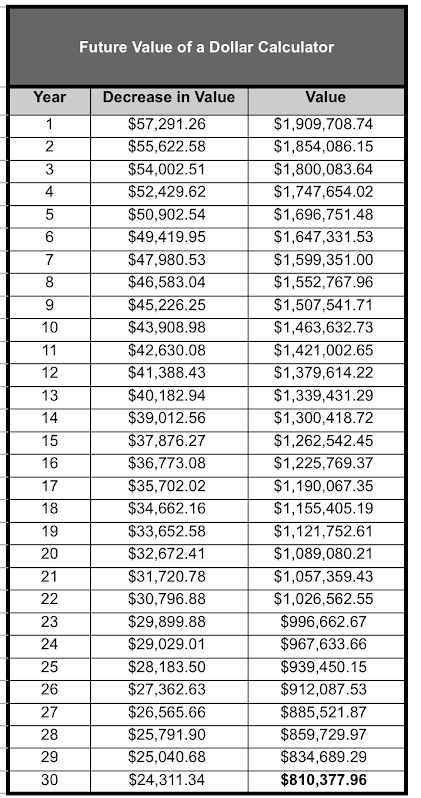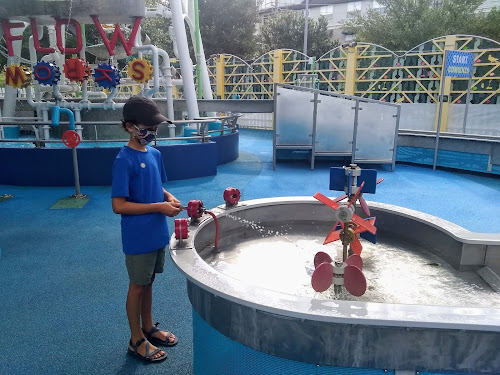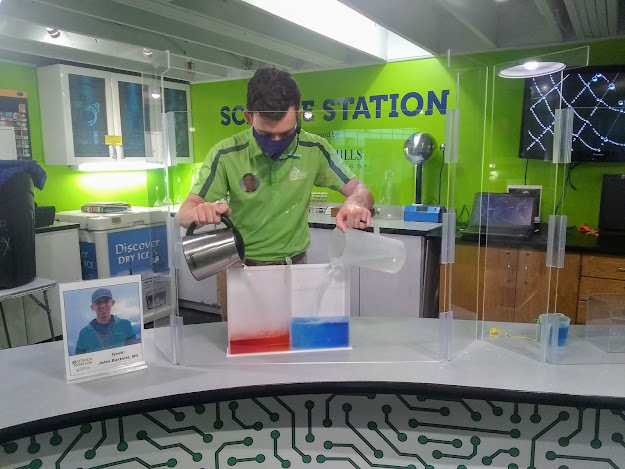A topic I see sometimes in the FI (financial independence) / FIRE (financial independence retire early) groups is giving back. Sometimes people may ask ... well how much do you donate per month? Or what percentage of your spending goes towards donation per month? Or ... how else do you serve others? Or maybe when you retire / RE (retire early) do you now spend time volunteering? After all, you probably are watching your money closely and / or now have the money (and / or time) to do so (give back through various means).
Regardless of whether you are FI (or retired / retired early), I think it is important to give back whether that is time, skills, financially or otherwise.
At one time I was a very active volunteer (but then full-time teaching and my own kids happened). I had the time to give back ... I enjoyed volunteering, and I also was in the process of switching careers (advertising to art museum education and eventually in the art classroom). When I lived in NYC, I volunteered with organizations such as The Museum of Modern Art (Family Programs), and when I returned to Houston I spent time at organizations such as The Menil Collection and Lawndale Art Center ... just to name a few. These opportunities gave me the chance to do something I enjoyed, help others, and gain experience in a new career (and build up my resume). Not to mention there were definitely other perks like meeting new friends / contacts.
So now that we reached FIRE ... (and the kids aren’t currently in the school system), we have the time (or more time rather) to dedicate some of our time to service / volunteering. (Remember part of our appeal to FIRE is time!). I thought this would also be a good opportunity to learn more about giving back to others, gain new experiences (just like I did in the arts!), and I also like how we can connect to hands-on learning experiences (City Schooling for us!).
We started volunteering at Hermann Park’s Japanese Garden through Hermann Park Conservancy. Hermann Park is within walking distance from us so it’s a great way to give back to our immediate community (and feel even more a part of the community). Also we are trying to keep as safe as possible with COVID-19 so I thought an outdoor experience would be best. I don’t know that they normally take volunteers as young as our kids (right now age 9 and 7), but I am with them the entire time. There are also specific areas of the park where families can volunteer - the Japanese Garden is one of them.
 |
| Our first time to volunteer in Hermann Park’s Japanese Garden. |
 |
| Did I mention it is hot in Houston? Cooling off after volunteering (on our walk home through Hermann Park). |
So far we volunteered one time, and it was a great experience despite the oppressive Houston heat! I did sign us up for once a month. I think we may be able to push it to twice a month, but I didn’t want the kids to get “burnt out” (no pun intended) due to the heat. I wanted them to enjoy the experience. Maybe once October hits (sometimes still warm, but not as bad as July / August), I can sign up for 2x a month.
How did our first volunteer experience in the Japanese Garden go? To sum it up: The kids have been asking to go back ... “when do we get to go help again in the Japanese Garden?” I take that as a good sign, and it was very hot when we volunteered (in pants and closed-toe shoes per the garden’s request!).
Our volunteer contact at the gardens was kind and great with the kids. We were able to easily socially distance from her / other volunteers (and wore masks). The other volunteers seemed to be mostly teens (and the adults with them), and they worked in a separate area of the gardens. Hermann Park provided gloves and other garden tools (I also bought gardening gloves for the kids that we will use next time).
The volunteer coordinator did a great job of talking to the kids about the importance of volunteer work - not only serving / giving back to your community but also for the experience. It might have gone a little over their heads (getting experience before entering college / the working world), but I am glad she pointed this out / they were exposed to this idea. She also talked a little bit about the Japanese Garden (how they are viewed / used differently in Japan versus the US) and related it to the work that we would be doing that day.
We helped with putting pebbles / stones / rocks back where they belonged, and we helped to do some weeding. The kids really enjoyed it (minus the heat), and they were proud of their hard work. It also has made them notice nature better / taking care of their community (park / gardens) even more so. Also what a great way to explore science in a hands-on manner - City Schooling! The kids were really learning without me having to even relate it to “direct instruction,” but also our volunteer leader did point out some things to the kids - such as the mushrooms they saw ... why not to pick those (the squirrels love them apparently), and how they grow. Now on our walks, they are always pointing out the mushrooms.
Since this is an FI blog, total cost?: $0 (sort of). Of course it is volunteering, so you don’t pay for the experience, but we did buy a few things ... They requested pants and closed-toe shoes for gardening. The kids needed new pants anyways for Fall so I did purchase those (Cat and Jack from Target). They also needed new shoes since they’ve been in mostly sandals this summer so we got Xero shoes (minimalist barefoot shoes). But these are two items we would have purchased eventually anyways. They said they would provide gloves for kids (turned out to be winter gloves), but I did purchase gardening gloves that came later. I was able to buy a pack of 3 pairs for less than $10 from VGO. I bought directly from the company since I am trying to avoid supporting Amazon.
 |
| Our youngest “Bridged Over” to a Girl Scout Brownie in the Japanese Garden this summer. |
Where else may we volunteer? I still need to research opportunities more. One idea I have that was suggested by a few people - Kids Meals Inc. They have several different opportunities, but one age appropriate / COVID-19 safe opportunity is to decorate and donate lunch sacks for kids meals.
Do you have any other organizations to suggest to us? How do you give back? Do you participate in volunteer work?
In the Houston area and want to be a part of our City Schooling? We still have one spot left in our September 3 Art Adventure which will take place in The Museum of Fine Arts, Houston’s Sculpture Garden. Contact us for more info.
And don’t miss Erik’s latest financial post on 401k accounts!
Like what you read? Comment below, and share our post!
-Tara





















